Composer(s) Mikio Saito | Initial release date 11 November 1986 | |
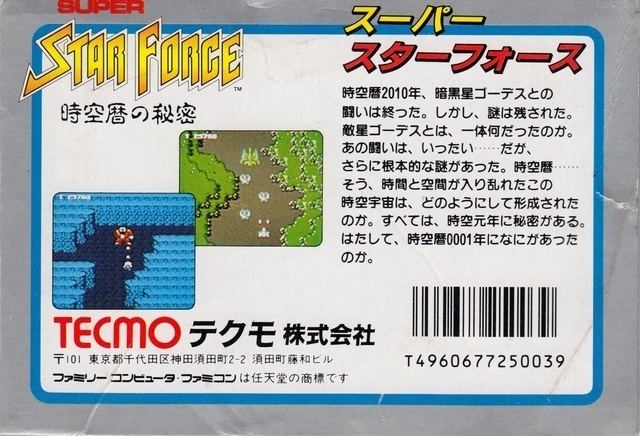 | ||
Platform Nintendo Entertainment System Genres Shoot 'em up, Adventure game Similar Tecmo games, Shoot 'em up games | ||
Super Star Force: Jikūreki no Himitsu (スーパースターフォース 時空暦の秘密, lit. "Secrets of the Space-Time Calendar") is a video game developed and published by Tecmo on November 11, 1986 for the Family Computer only in Japan.
Contents
- Super star force jiku reki no himitsu commercial 1986 fc
- Gameplay
- Characters
- Time periods
- Reception
- References
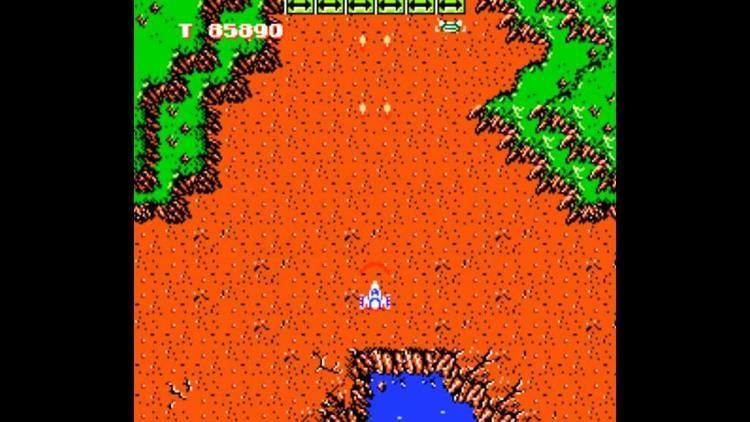
The game was featured in episode 111 (14th Season) of GameCenter CX.
While this video game was originally assigned by Hudson Soft to be the publisher, Tecmo (then known as Tehkan) decided to both develop and publish the game as they were the official copyright owners.
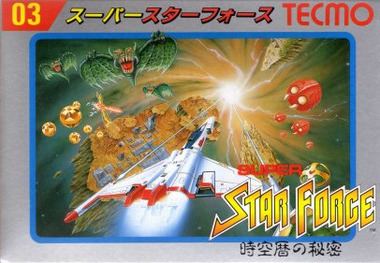
Super star force jiku reki no himitsu commercial 1986 fc
Gameplay
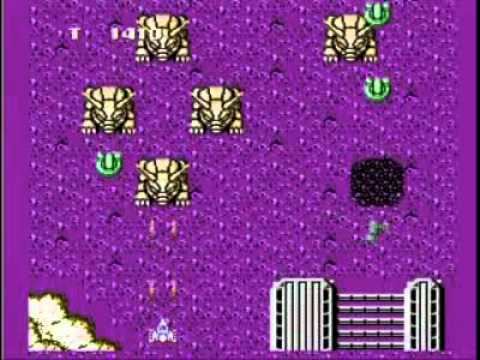
It is the sequel to Tecmo's famous shoot 'em up arcade game, Star Force. Unlike most shoot 'em ups during the time of its release, Super Star Force is a combination of a shoot 'em up and an adventure game. Players must go back in time in order to defeat the evil planet Gordess. However, seven time stones must be collected from each level's hidden dungeon. Taking advantage of the time travel opportunities during the game can help to unravel the mysteries of "time and space." Players have to simply repeat the actions of the distant past in order to progress.
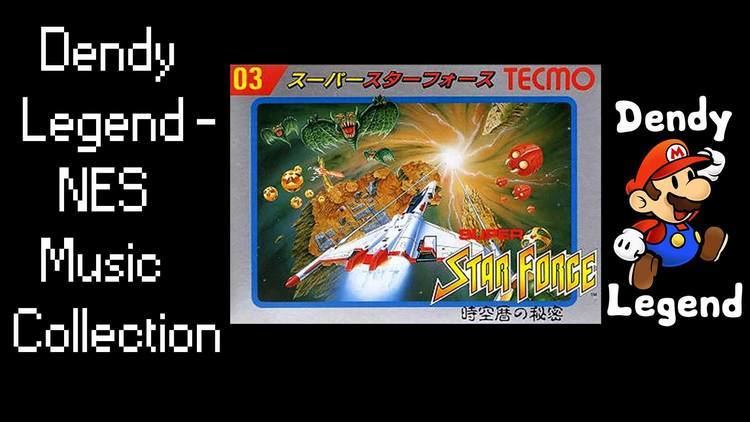
The game starts in the year 2010 and players must destroy the enemies in the past so that the player can confront the final boss in the year 2137. When the player's ship is destroyed while navigating through the air, his score time is cut in half. The highest possible score in the game is 99,990; which is used as currency in the dungeons and the time travel sequences. A completely non-linear structure allows players to travel back in time nearly at will. The farther away in time that the player wants to travel to, the more "time units" are required to reach the destination; acting like the player's fuel supply. After accomplishing the missions that can be done through the spacecraft, the player must land on the ground and accomplish missions on foot.
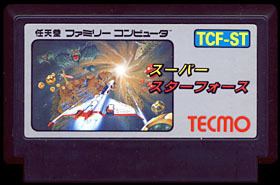
While the player is stationed on the ground, this video game functions as a dungeon exploration game with shoot 'em up elements. This game has two endings; a happy ending where the history of the planet has been saved and a sad ending where the revelations of Gordess' resurrection has come true. After achieving a game over, players can press the start button to continue the game (in the year 2010) with all their possessions intact as long as they don't press the reset button or turn off the console.
Characters

Time periods
Reception
Video Game Den gave this video game a score of 3 stars out of a possible 5 in their 2010 overview.
